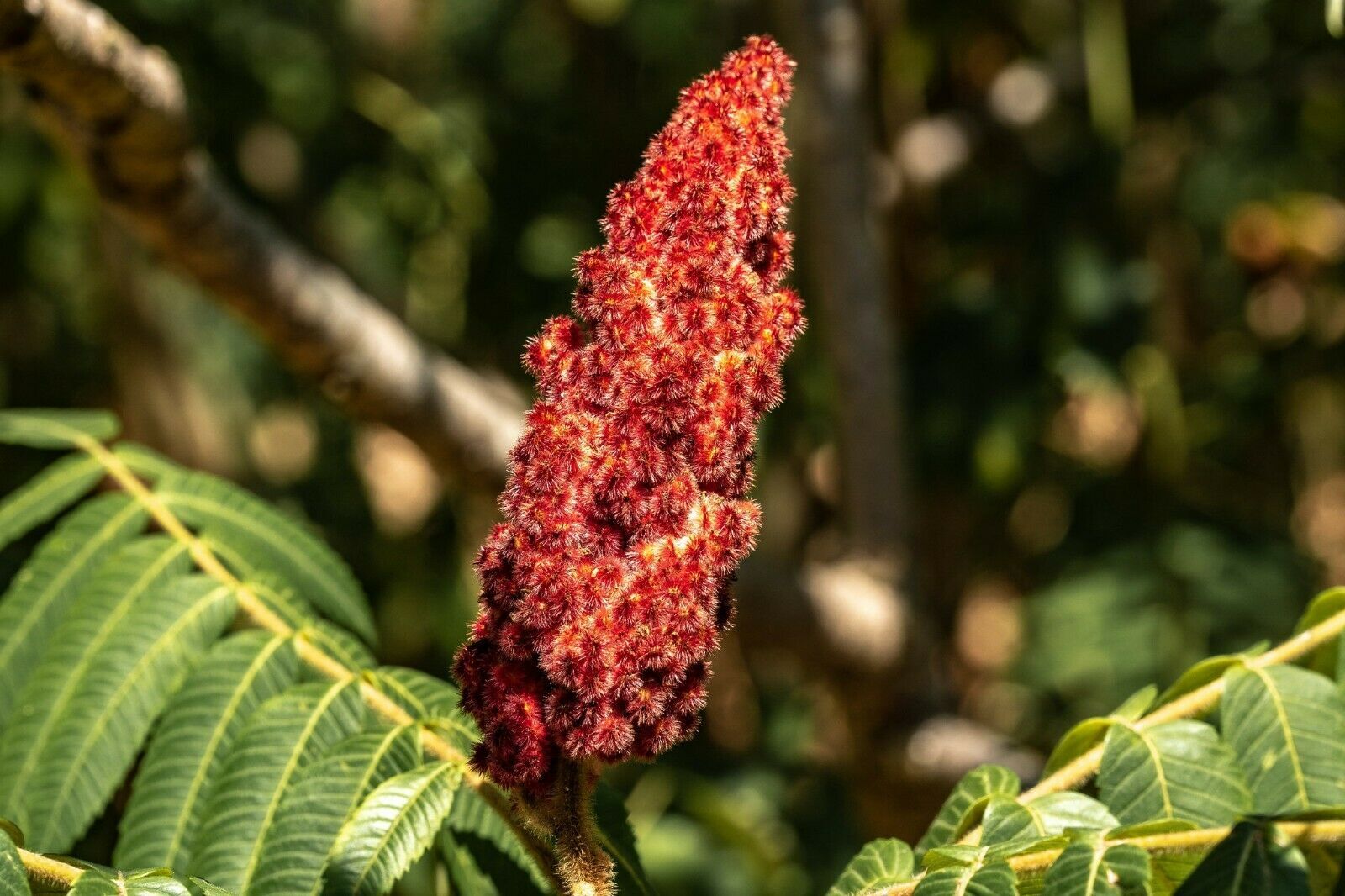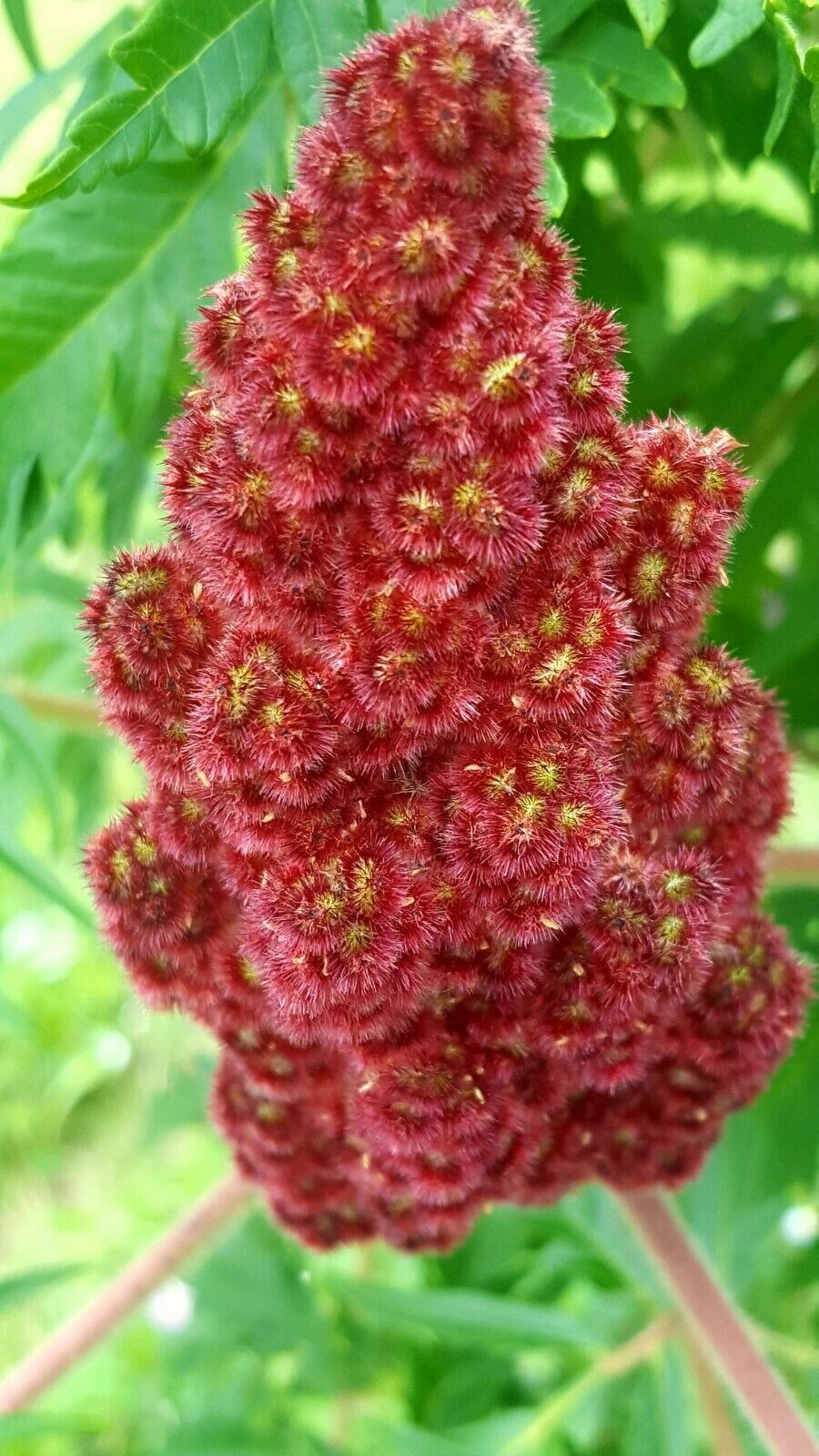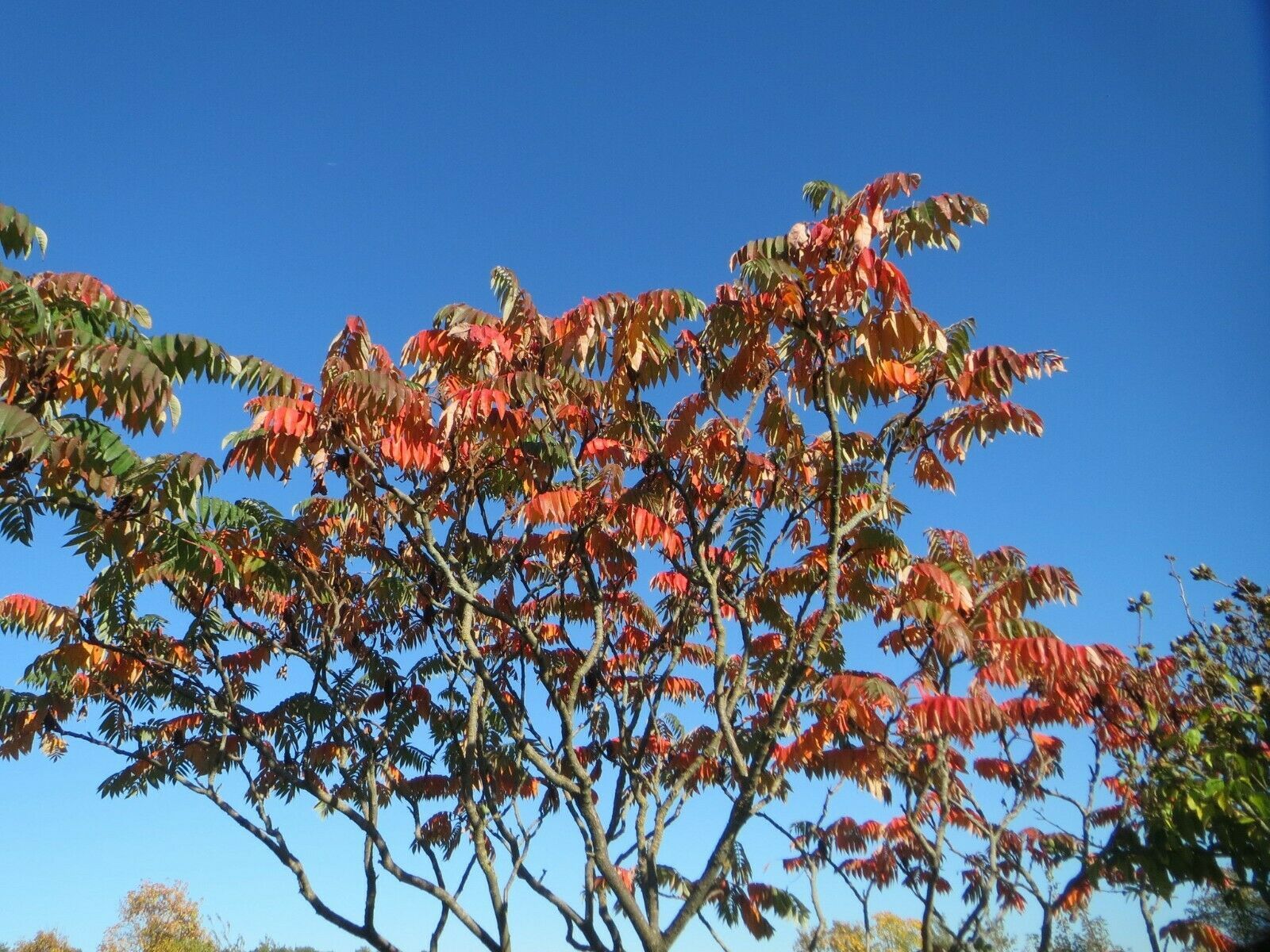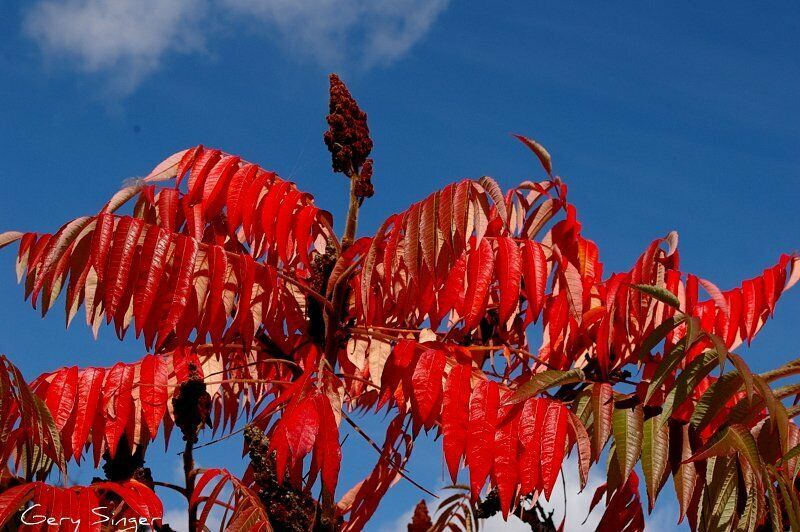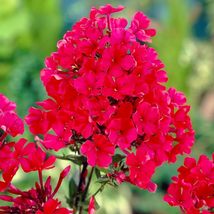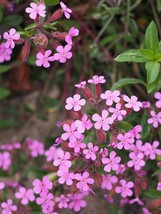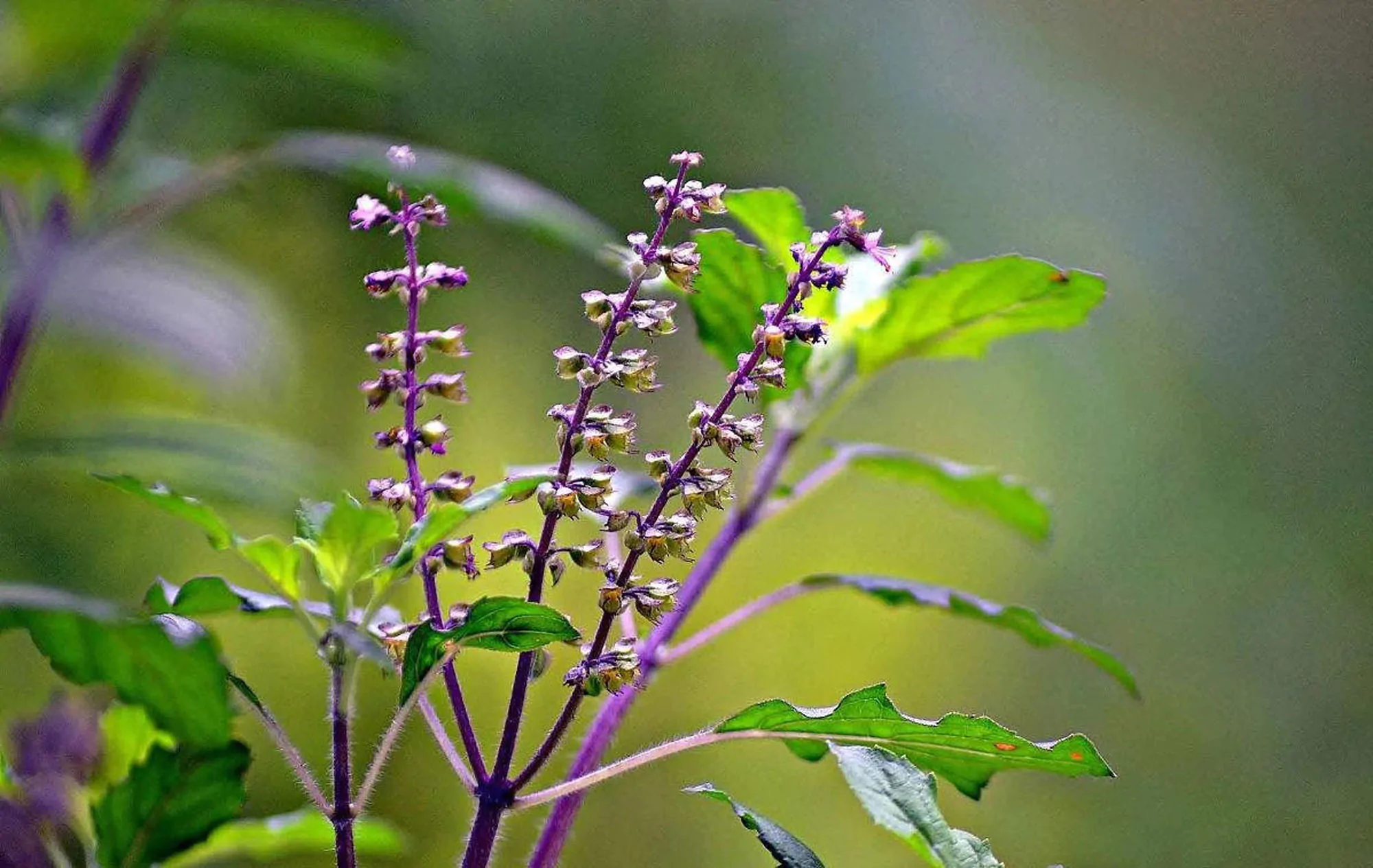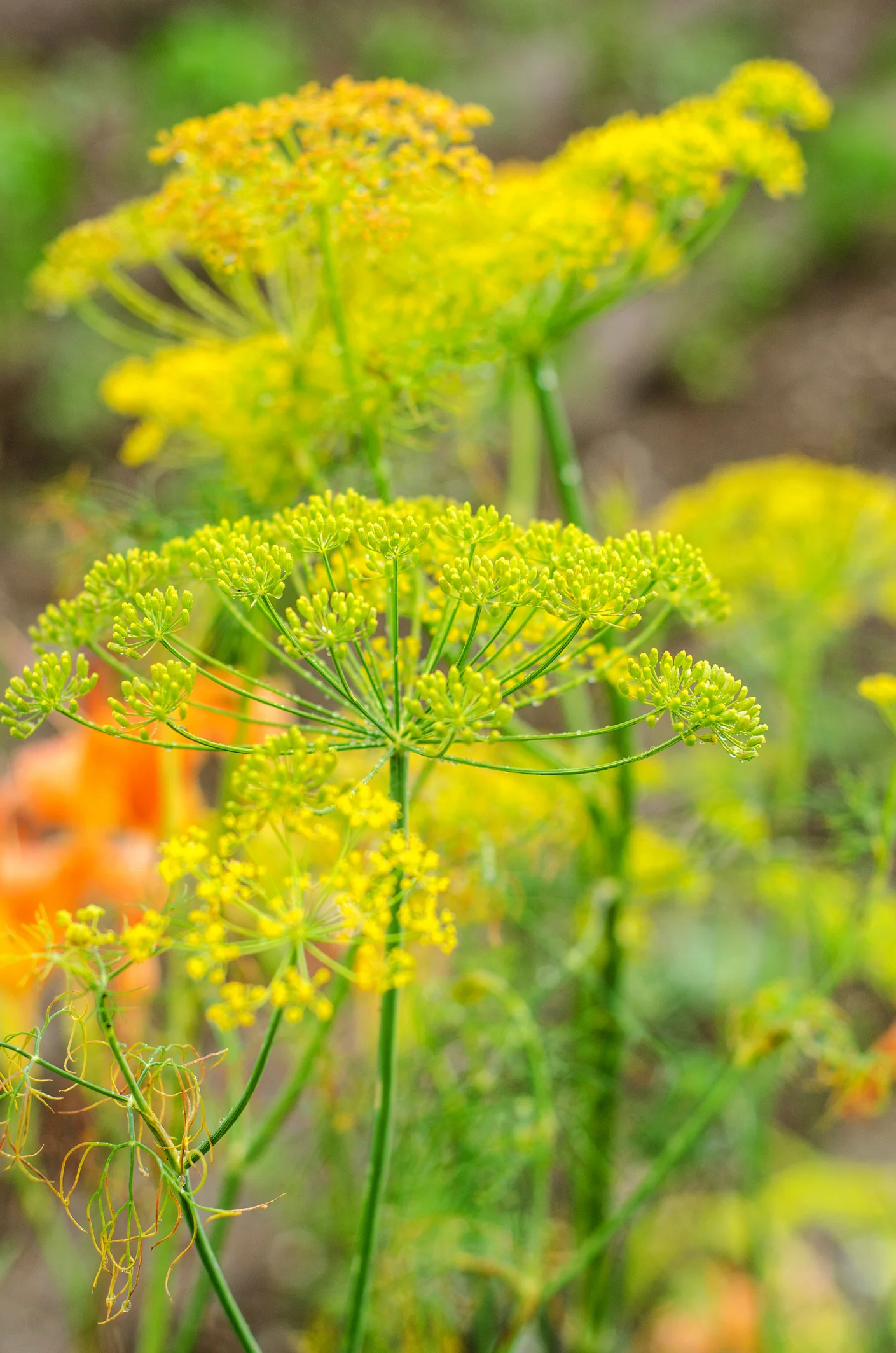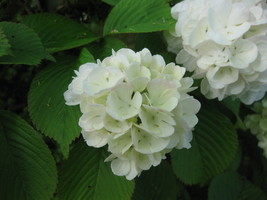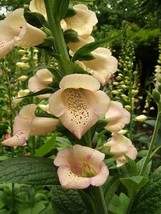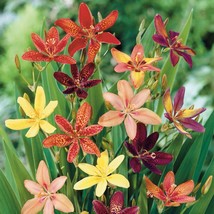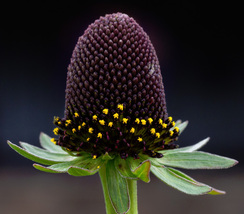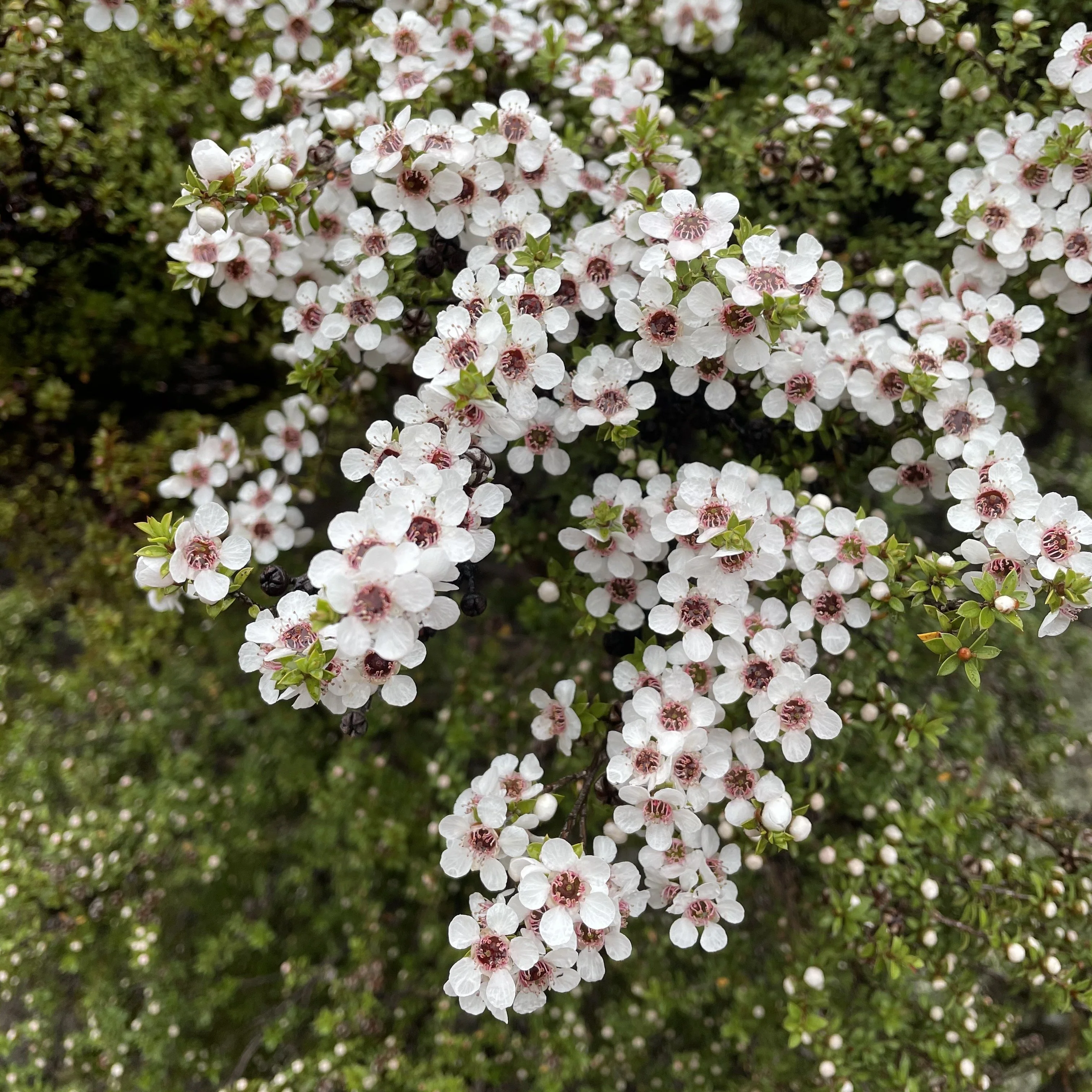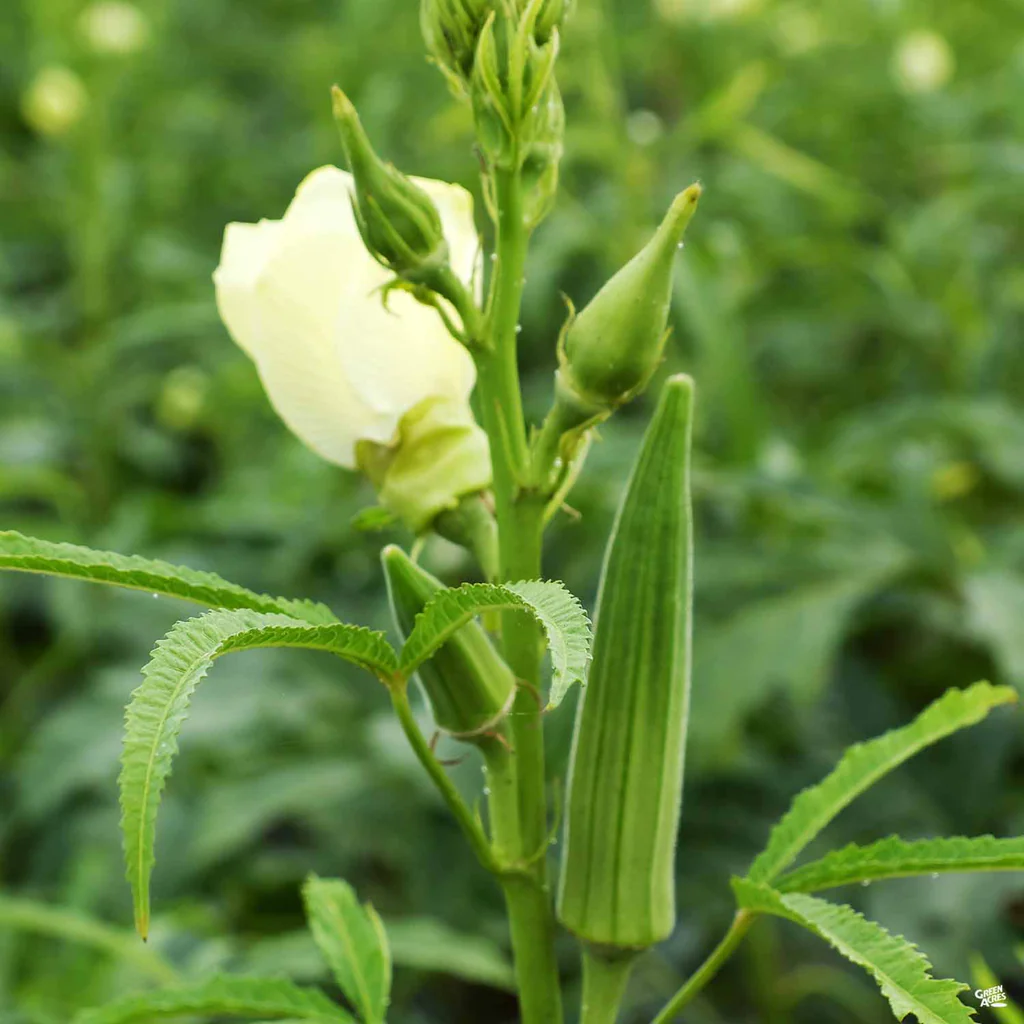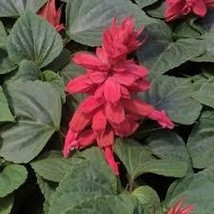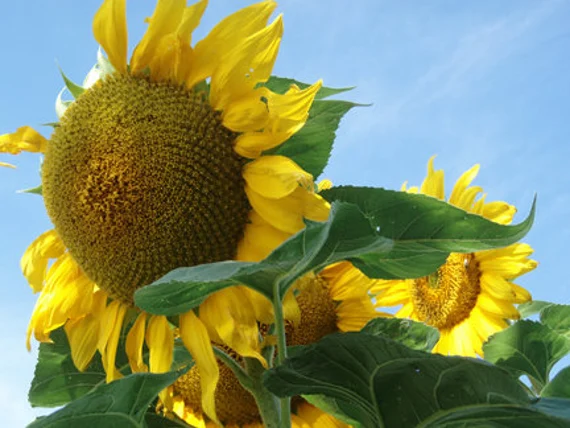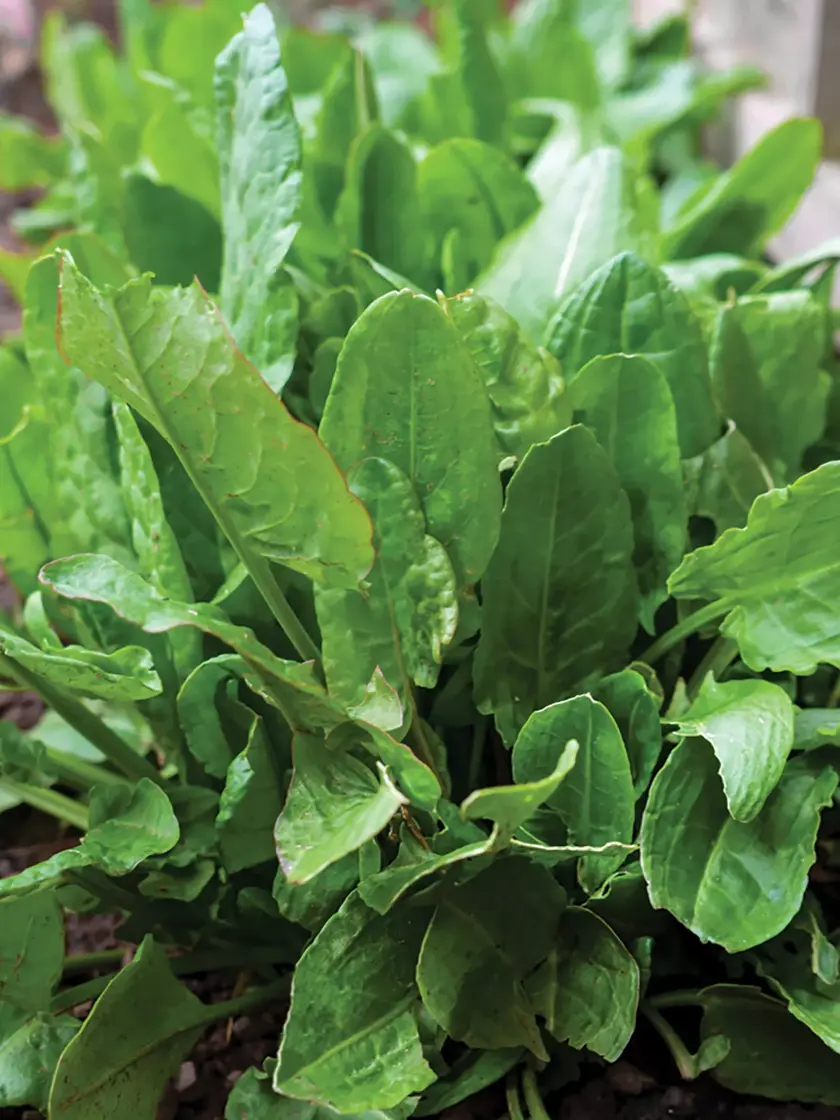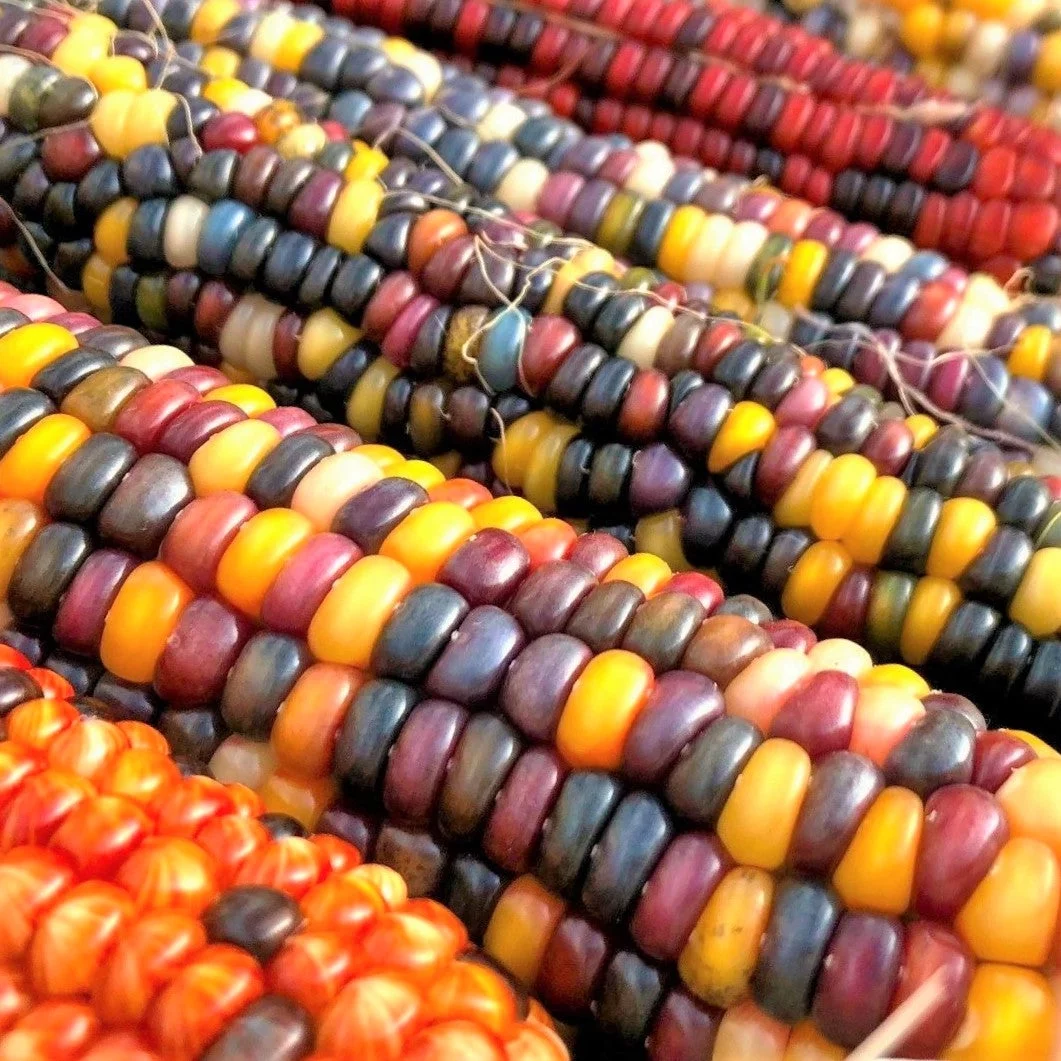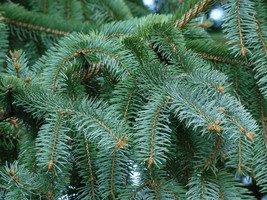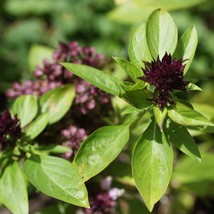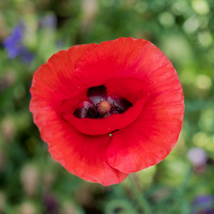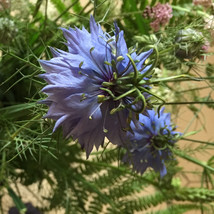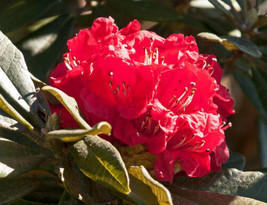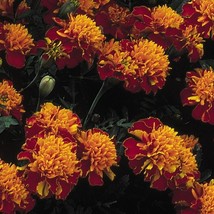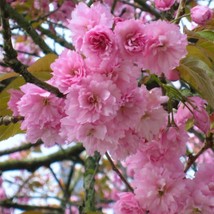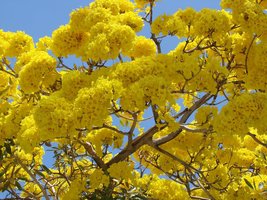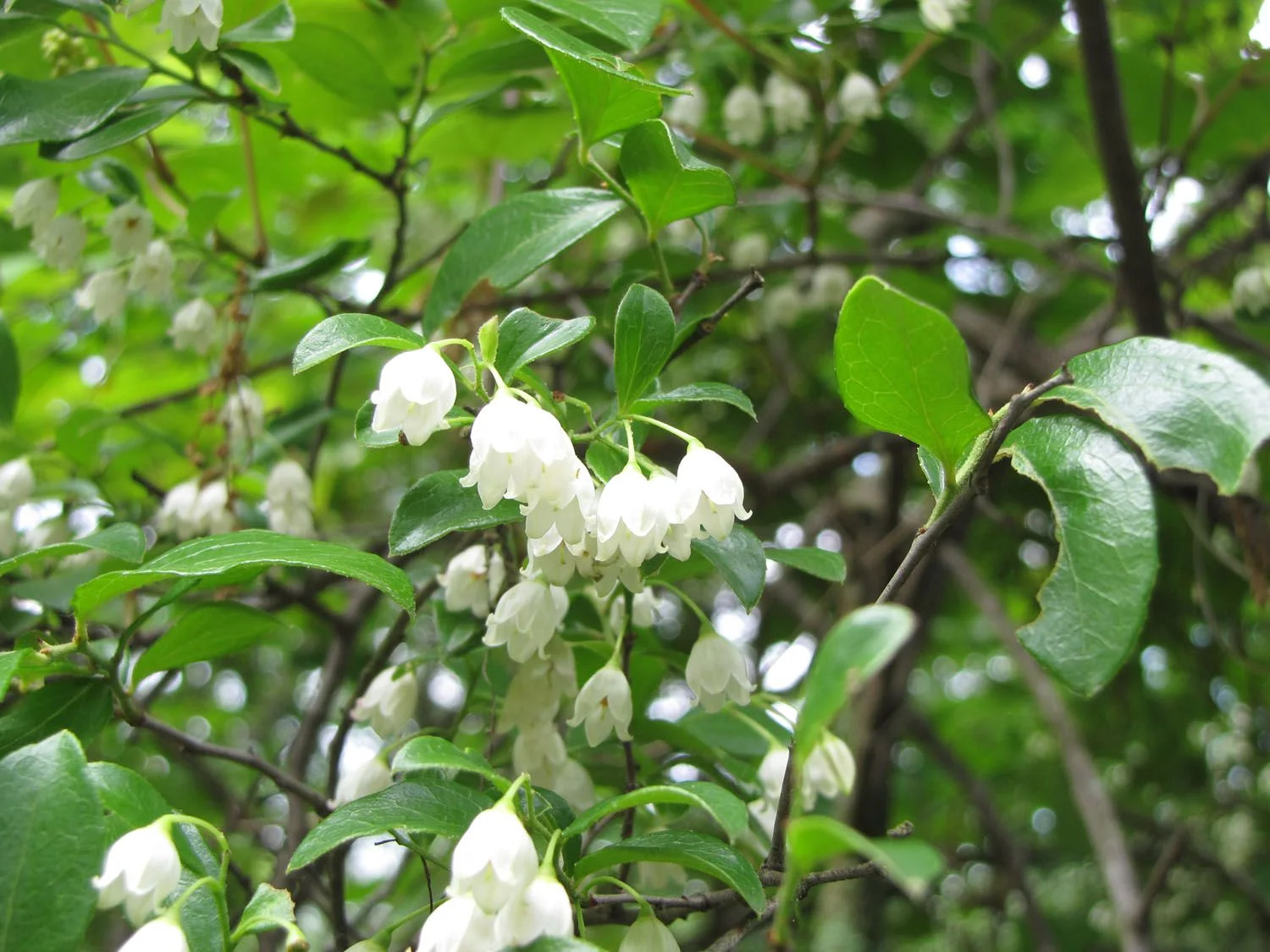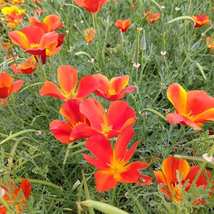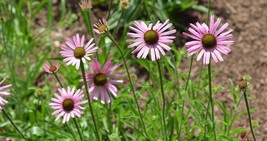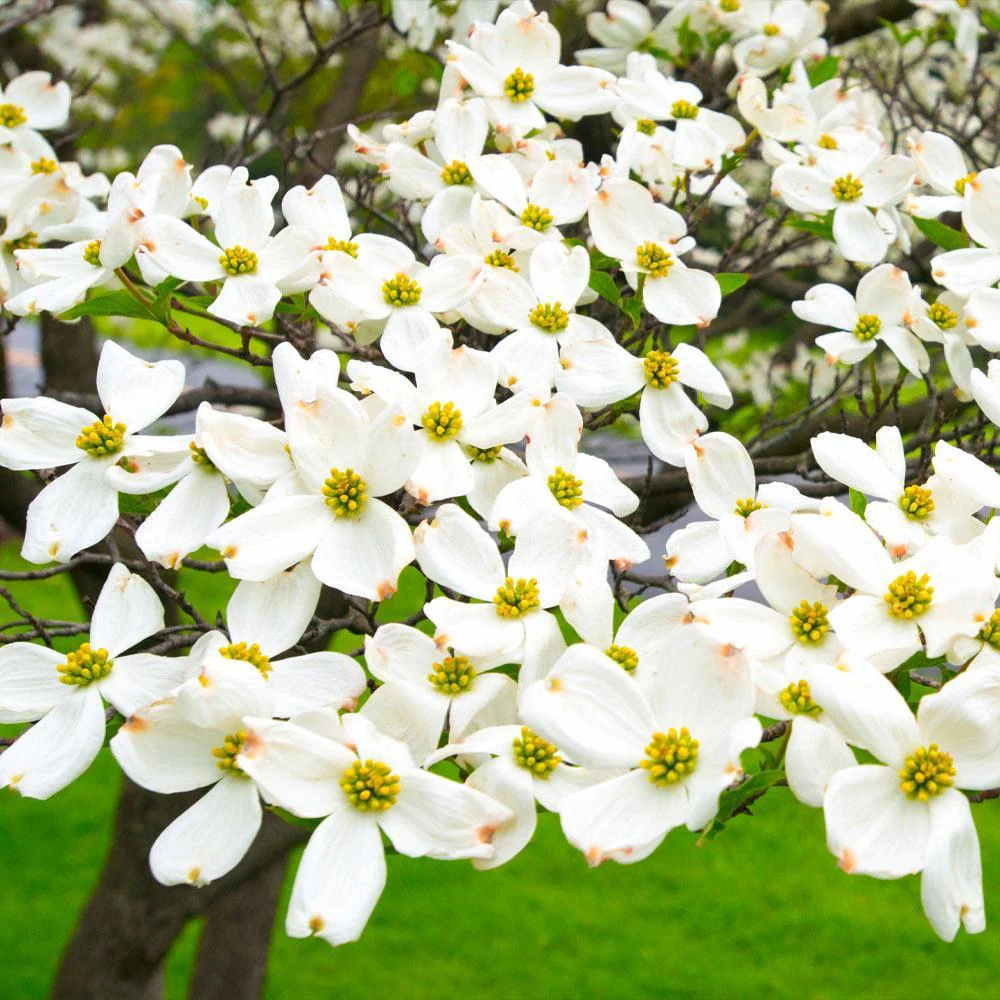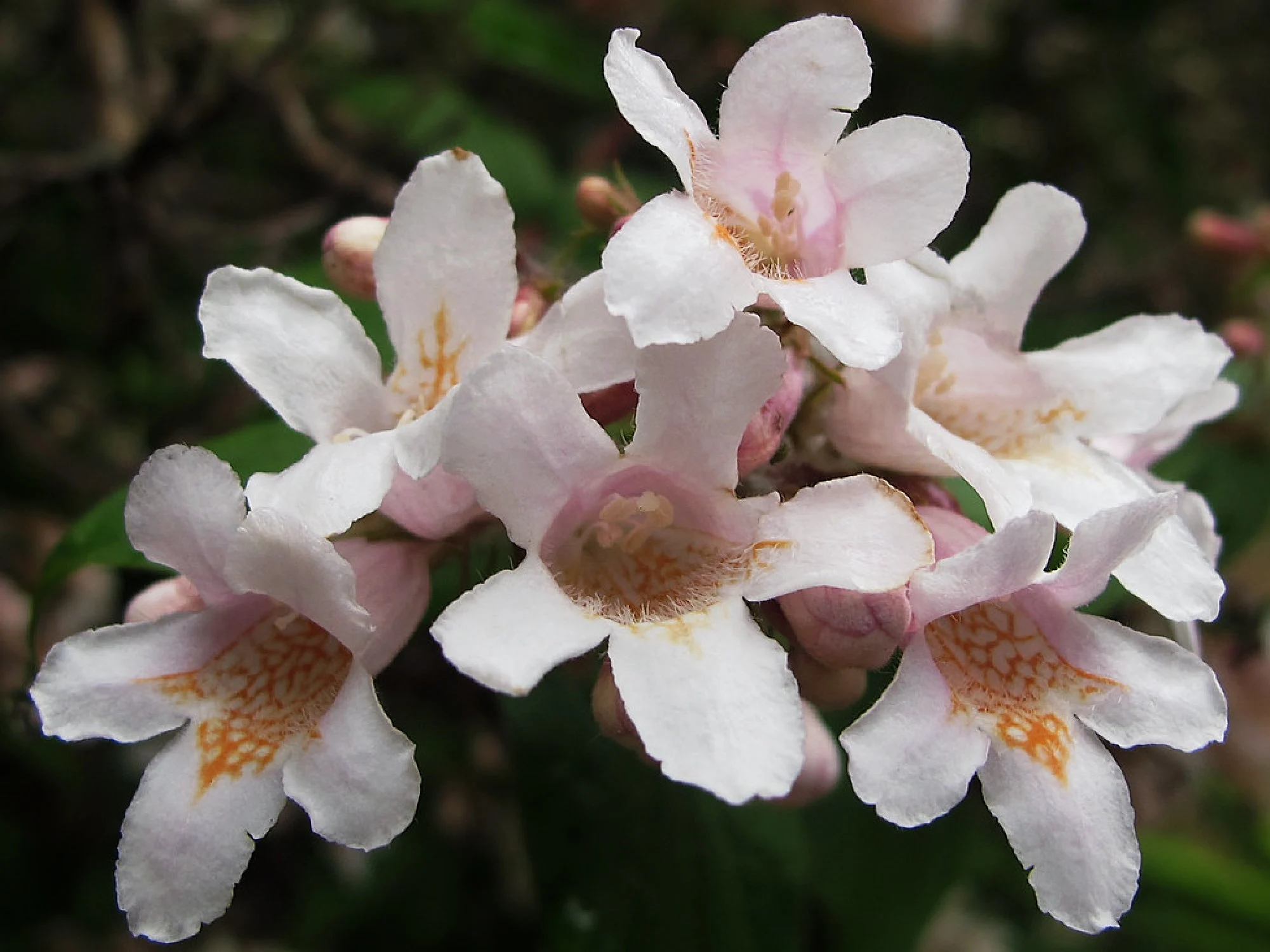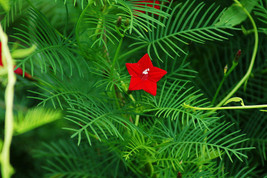20 Seeds Staghorn Sumac Rhus Typhina and 50 similar items
Free Shipping
20 Seeds Staghorn Sumac Rhus Typhina
$19.91
View full item details »
Shipping options
Seller handling time is 2-14 business days Details
FREE via to United States
Return policy
None: All purchases final
Purchase protection
Payment options
PayPal accepted
PayPal Credit accepted
Venmo accepted
PayPal, MasterCard, Visa, Discover, and American Express accepted
Maestro accepted
Amazon Pay accepted
Nuvei accepted
View full item details »
Shipping options
Seller handling time is 2-14 business days Details
FREE via to United States
Return policy
None: All purchases final
Purchase protection
Payment options
PayPal accepted
PayPal Credit accepted
Venmo accepted
PayPal, MasterCard, Visa, Discover, and American Express accepted
Maestro accepted
Amazon Pay accepted
Nuvei accepted
Item traits
| Category: | |
|---|---|
| Quantity Available: |
10 in stock |
| Condition: |
New |
| USDA Hardiness Zone: | |
| Color: |
Red |
Listing details
| Seller policies: | |
|---|---|
| Shipping discount: |
Seller pays shipping for this item. |
| Posted for sale: |
More than a week ago |
| Item number: |
862383246 |
Item description
20 Seeds Staghorn Sumac Rhus Typhina
Rhus typhina, commonly called staghorn sumac, is the largest of the North American sumacs. It is native to woodland edges, roadsides, railroad embankments and stream/swamp margins from Quebec to Ontario to Minnesota south to Georgia, Indiana and Iowa. This is an open, spreading shrub (sometimes a small tree) that typically grows 15-25’ tall. It is particularly noted for the reddish-brown hairs that cover the young branchlets in somewhat the same way that velvet covers the horns of a stag (male deer), hence the common name. It is also noted for its ornamental fruiting clusters and excellent fall foliage color. Large, compound, odd-pinnate leaves (each to 24” long) are bright green above during the growing season and glaucous beneath. Leaves turn attractive shades of yellow/orange/red in autumn. Each leaf has 13-27 toothed, lanceolate-oblong leaflets (each to 2-5” long). Tiny, greenish-yellow flowers bloom in terminal cone-shaped panicles in late spring to early summer (June-July), with male and female flower cones primarily occurring on separate plants (dioecious). Female flowers produce showy pyramidal fruiting clusters (to 8” long), with each cluster containing numerous hairy, berry-like drupes which ripen bright red in autumn, gradually turning dark red as they persist through much of the winter. Fruit is attractive to wildlife. Easily grown in average, dry to medium moisture, well-drained soils in full sun to part shade. Tolerant of a wide range of soils except for those that are poorly drained. Generally tolerant of urban conditions.
Growing Instructions
1. Scarify the seeds by nicking or sanding the seed coat.
2. Soak the seeds in water for several hours.
3. Put a mixture of potting soil and sand or perlite into a pot with drainage holes in the base. The soil should be moist and well-drained.
4. Sow the seeds on the soil.
5. Cover the seeds with a thin layer of soil.
6. Water the seeds. Keep the soil moist but not wet.
7. When the plants are a few inches tall, they can be transplanted.
|
Why are we showing these items?
Booth
Thumb ID |

|

-
Refine your browsing experience
We can show you more items that are exactly like the original item, or we can show you items that are similar in spirit. By default we show you a mix.
This item has been added to your cart
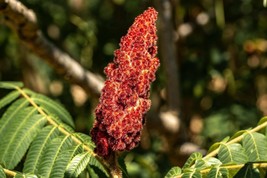 20 Seeds Staghorn Sumac Rhus Typhina added to cart.
10 available in stock
20 Seeds Staghorn Sumac Rhus Typhina added to cart.
10 available in stock
View Cart or continue shopping.
 Please wait while we finish adding this item to your cart.
Please wait while we finish adding this item to your cart.
Get an item reminder
We'll email you a link to your item now and follow up with a single reminder (if you'd like one). That's it! No spam, no hassle.
Already have an account?
Log in and add this item to your wish list.



